TOLEDO, Ohio — Editor's note: The attached video is from an earlier Blizzard of '78 retrospective that aired on Jan. 27, 2022.
As if in homage to Midwestern meteorological memory, Wednesday's snow storm coincides with the 45th anniversary of the infamous Blizzard of '78.
The 1978 blizzard is well remembered for a number of reasons, including its impact on infrastructure and human life. Due to heavy snowfall, limited visibility and massive snowbanks, I-75 was closed for three days, a portion of I-475 was closed for six days and the entire length of the Ohio Turnpike was closed for the first time in history.
The storm also claimed 70 lives, including 51 in Ohio; 22 fatalities were due to exposure after some had to abandon their vehicles and homes that were without heat, while others were caused by falling or cardiac arrest while shoveling.
To assist those affected by the storm, the Ohio National Guard was mobilized; thousands of men and women helped clear roadways, restore power, perform emergency rescues and evacuations, deliver food and medicine, and transport medical personnel to hospitals.
While Wednesday's storm is not categorized as a blizzard by the National Weather Service, and won't come close to the infamy of its Jan. 25 twin 45 years back, the repetition of the same date has many Ohioans looking back on perhaps the most memorable Midwestern storms of all time. In the spirit of perspective, how do these two storms stack up against each other?
In terms of snowfall, Wednesday's storm won't quite stack up to the Blizzard of '78, where approximately 12 inches of snow fell in the Toledo area. While that number has since been surpassed numerous times since even in the last decade, the Blizzard of '78 is most well-remembered for its snow drifts. High-speed winds created snow banks as high as 5 to 10 feet in some areas, burying vehicles and rendering streets impassable.

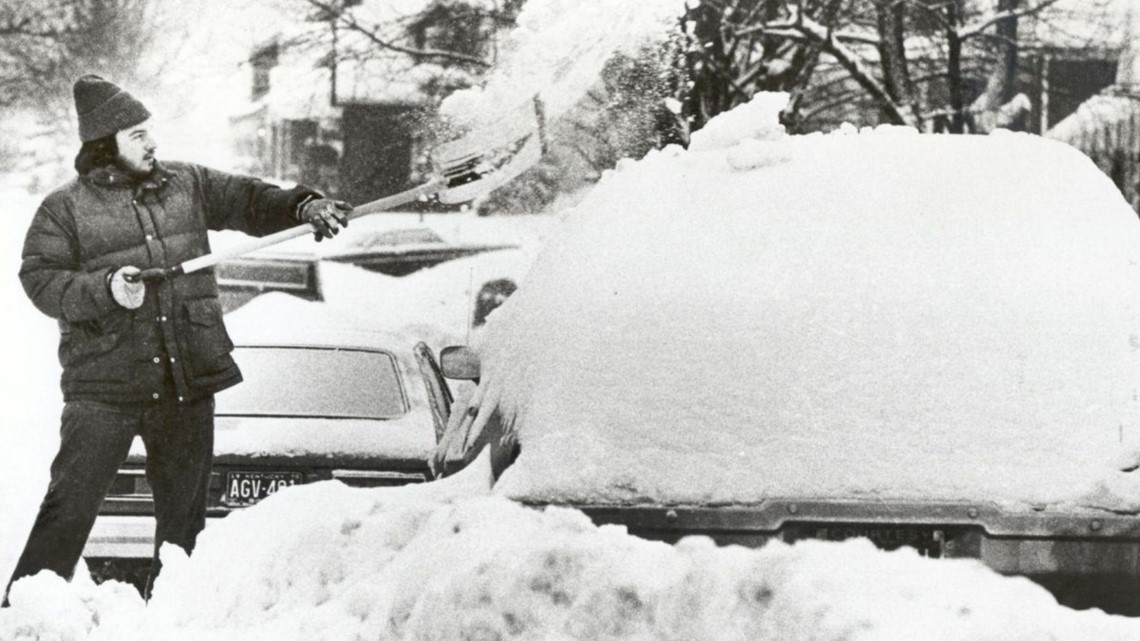
Wednesday's storm, which will bring its heaviest precipitation in the afternoon hour, is expected to bring 4 to 7 inches of snow in the northwest Ohio and southeast Michigan area with some isolated spots seeing as much as 8 inches of snow.

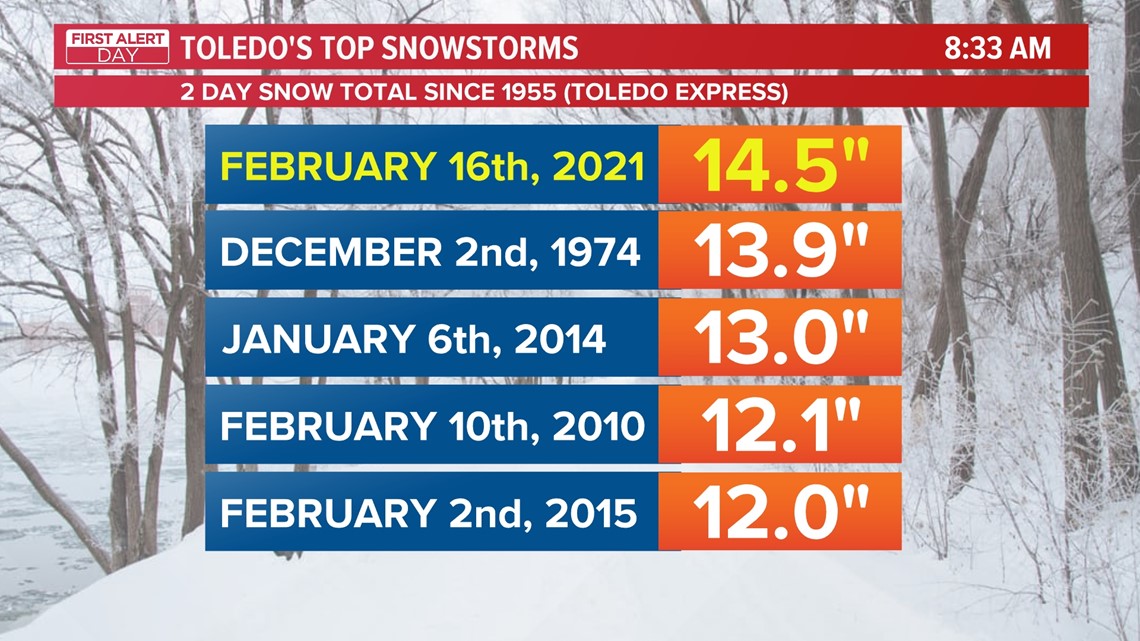
But sheer accumulation numbers do not a blizzard make: per the National Weather Service, to be considered a blizzard, the storm must have sustained wind or frequent gusts to 35 mph or greater in addition to considerable falling and blowing snow that reduces visibility to less than a quarter-mile.

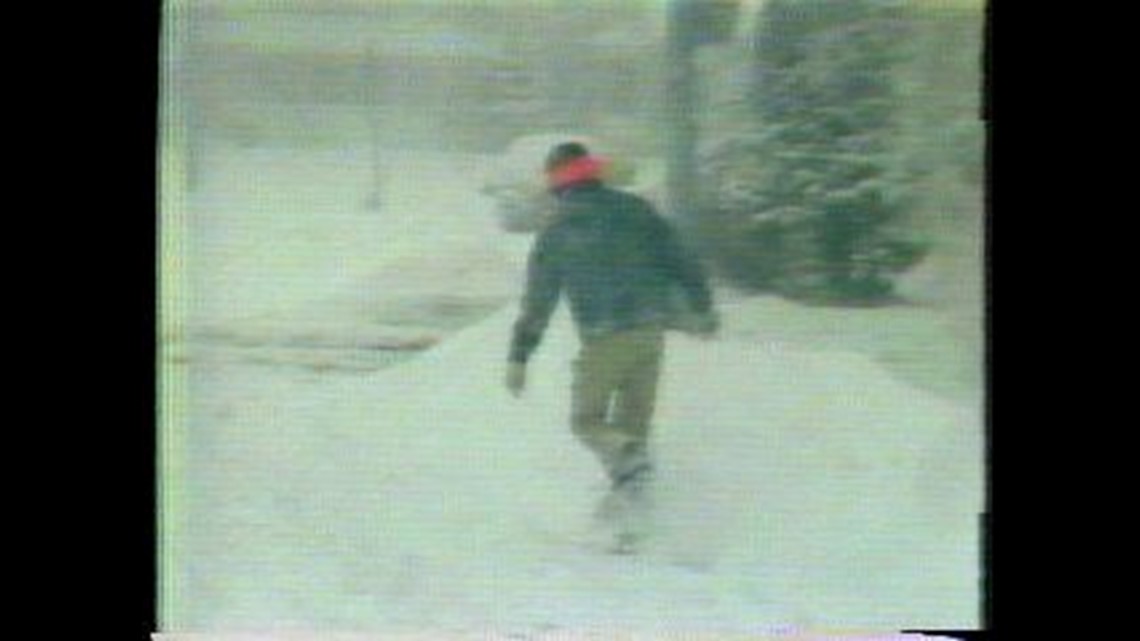
A severe blizzard is characterized by wind speeds of 45 mph or greater alongside snowfall that reduces visibilities to near zero. According to the National Weather Service, the Blizzard of '78 was a severe blizzard with wind gusts in Cleveland clocking in at an astounding 82 mph.
Winter storm warnings, by comparison, are characterized by forecasted heavy snow or accumulations, but the exact criteria can vary depending on region.
Motorists should be wary of wind speeds during Wednesday's winter storm, but they won't reach the same levels as past storms have, hence why it is categorized as a winter storm and not a blizzard.


Unlike the storm which struck northwest Ohio on Dec. 23 and Dec. 24 of 2022 which brought wind gusts up to 50 mph, expect winds to reach 25 mph.
What causes powerful winter storms? Numerous factors play a part in storm development, but one aspect is a low pressure system. Energy moves naturally from areas of high pressure to low, so while high pressure systems, which are usually accompanied by clear skies, push away storms, low pressure brings converging winds that rotate in the same direction as the Earth in the northern hemisphere.

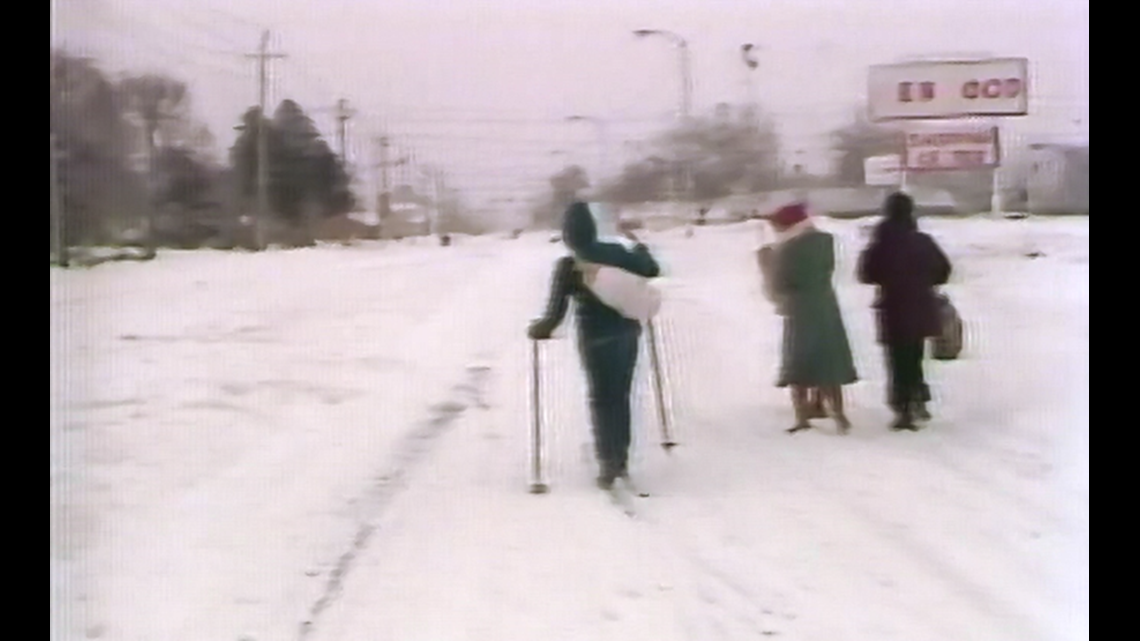
Powerful storms like hurricanes are also due in part to low pressure systems, although they form over tropical regions and are fueled by warm water.
The Blizzard of '78 had the third lowest-recorded non-tropical atmospheric pressure ever recorded in the mainland United States, clocking in at
955.5 mb as the storm passed over Mount Clemens, Michigan.

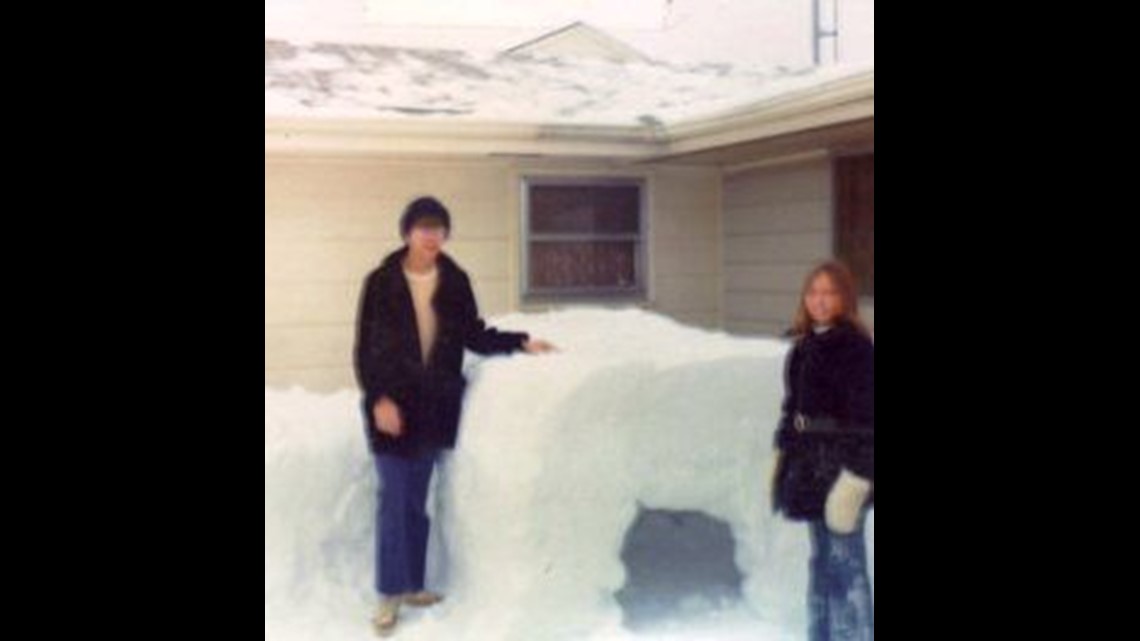
Wednesday's storm has an atmospheric pressure of 1000 mb and is expected to decrease to 998 mb this evening. By comparison, standard atmospheric pressure is approximately 1013.25 mb.
Back in 1978, WTOL 11 (known then as Toledo Eleven News) covered the Blizzard of '78. You can watch the coverage for a throw-back in the video below.

